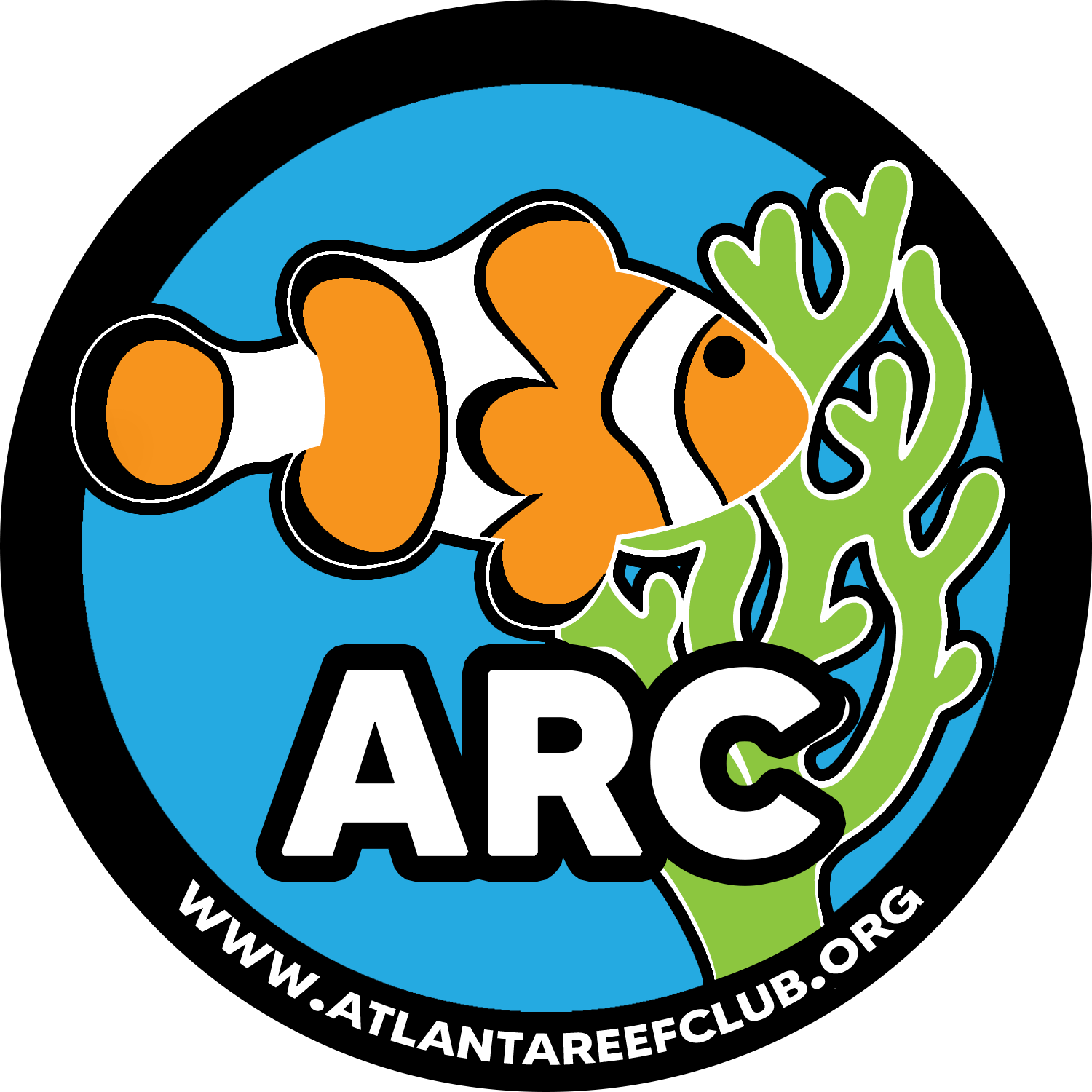I had some that came in on some Florida live rock that lived at least 4-5 years including a full move, and possibly even reproduced as I saw some new small ones. I had a dino outbreak and as I got the dinos under control the mussels died. They grew quite a bit, from about 1/2" to almost 2 1/2". I did not exactly run an extremely clean tank. They seemed to flourish when I was running a skimmer only and no filter sock on a long established multi tank system. I only had a few (about 10 over 1 1/2") in a 500 gallon system. I would suggest trying only a few in a larger system. Enough to noticeably improve water clarity would probably eventually starve them as normal tank cycles of nutrients and plankton levels change and the mussels grow larger. If your system can support them pretty healthy, they will outgrow the system if you have more than a few, then they will start to starve.
It wasn’t the dinos that killed them. Well, sorta it was, but...
Dinos are really more of a symptom than a cause. They tend to take hold when nitrate and phosphate bottom out and biodiversity drops. They’re opportunistic, fast-growing, and can be toxic, but they also don’t do well when there’s both adequate nutrients and a strong microbial community competing with them.
That said, another way to look at it might be that it was the mussels, along with your corals, macros, skimmer, and everything else, working too well. If all that uptake bottomed out your nutrients, that could have triggered the dino outbreak in the first place when nutrients dropped too low. And depending on what species showed up, they may have released toxins or physically irritated the mussels by coating their shells or gills. That kind of stress could easily make them less resilient to any changes made to clean up the system.
So while fixing the dinos may have made the water cleaner, the mussels may have already been compromised at that point - either directly by the dinos or just by the sharp shift in available food and microbial balance. I'd have to guess though that they were already starving by the time the dinos showed up, and even if the dinos didn't contribute directly to their demise (which they certainly didn't help) they were probably nearly done for by that point.
Either way, your experience is super helpful. Getting mussels to survive and grow that long, even in a large system, is no small thing. The detail about how they did better during your skimmer-only, no-filter-sock phase really helps fit some pieces of the puzzle into place.
